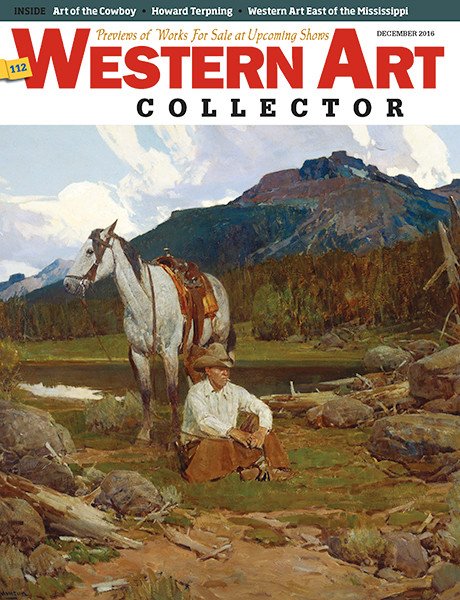July/August 2025
Show Your Artwork in Our July/August Issue. Plan your marketing around these specially focused features.
Additional Distribution
American Fine Art Magazine
3260 N Hayden Rd, Suite 201, Scottsdale, AZ 85251
PO Box 2320, Scottsdale, AZ 85252-2320
Tel: 866-619-0841
Fax: 480-425-0724
Email: coordinator@americanfineartmagazine.com
Website: www.americanfineartmagazine.com
PO Box 2320, Scottsdale, AZ 85252-2320
Tel: 866-619-0841
Fax: 480-425-0724
Email: coordinator@americanfineartmagazine.com
Website: www.americanfineartmagazine.com
Upcoming Issues

September/October
2018Sections
- Spotlight: Collector's Guide to Museums & Exhibitions
- Collector's Guide to Museums & Exhibitions
Deadlines
- Space Booking:
- July, 28
- Materials Due:
- August, 01






